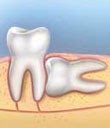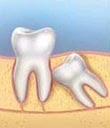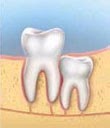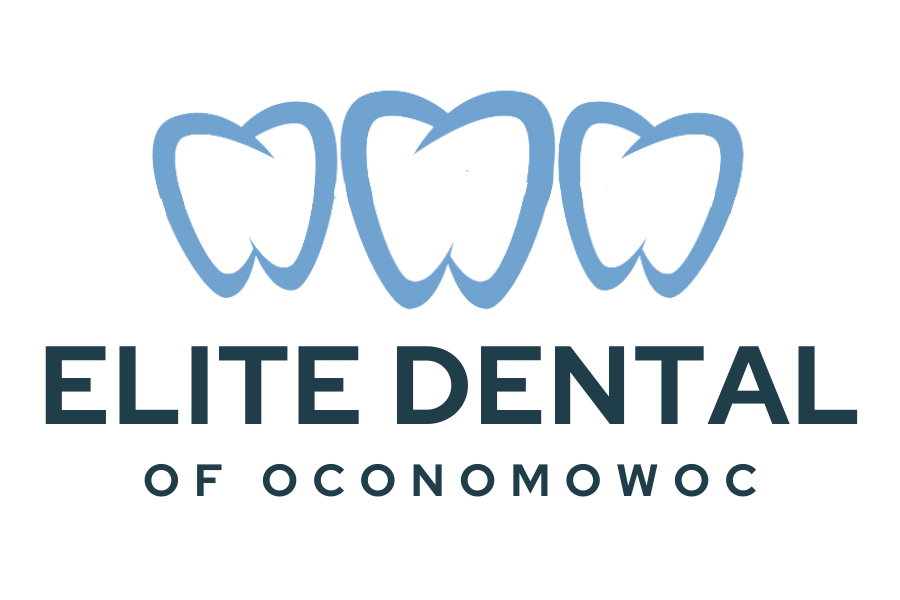What Are Wisdom Teeth?

What are Wisdom Teeth?
Wisdom teeth are the last molars on each side of the jaws. They are also the last teeth to emerge or erupt, usually when a person is between 16 and 20.
Since wisdom teeth are the last permanent teeth to come in or erupt, there is often not enough room left in your mouth to accommodate them. This can lead to wisdom teeth that are impacted, teeth that are trapped beneath the gum tissue by other teeth or bone. If teeth are impacted, swelling and tenderness may occur.
Wisdom teeth that only partially emerge or come in crooked can also lead to painful crowding and disease. Since teeth removed before age 20 have less developed roots and fewer complications, the American Dental Association recommends that people between 16 and 19 have their wisdom teeth evaluated to see if they need to be removed.
How are Wisdom Teeth Removed?
Tooth extraction is a relatively routine procedure. Your dentist or a dental specialist called an oral surgeon, will recommend either “going to sleep” using general anesthesia, or numbing this area in your mouth with local anesthesia such as Novocain®.
After the tooth (or teeth) is removed, you may be asked to bite down softly on a piece of gauze for 30 to 45 minutes after you leave the office, to limit any bleeding that may occur. Some pain and swelling may occur but it will normally go away after a few days; however, you should call your dentist if you have prolonged or severe pain, swelling, bleeding or fever.
Removal of wisdom teeth due to crowding or impaction should not affect your bite or oral health in the future.



To read the entire article visit colgate.com
Drs. Leaman, Setnicar & Piacsek, S.C.
James Leaman DDS, Joseph Setnicar DDS, Stacie Piacsek DDS
820 Summit Avenue
Oconomowoc, WI 53066
262-567-4466
